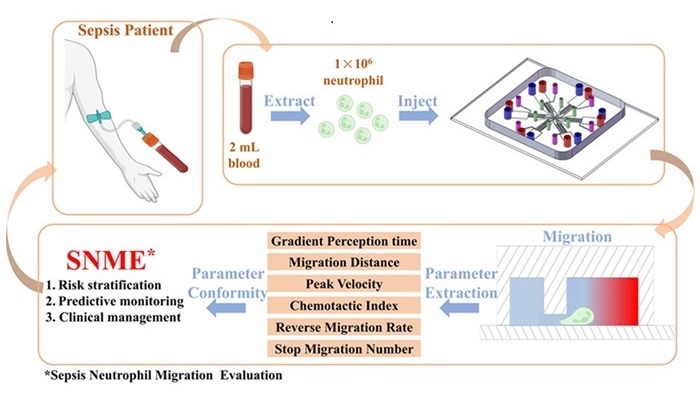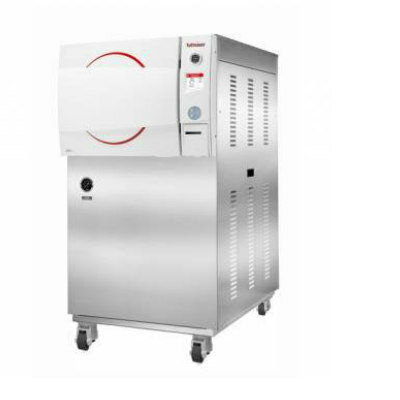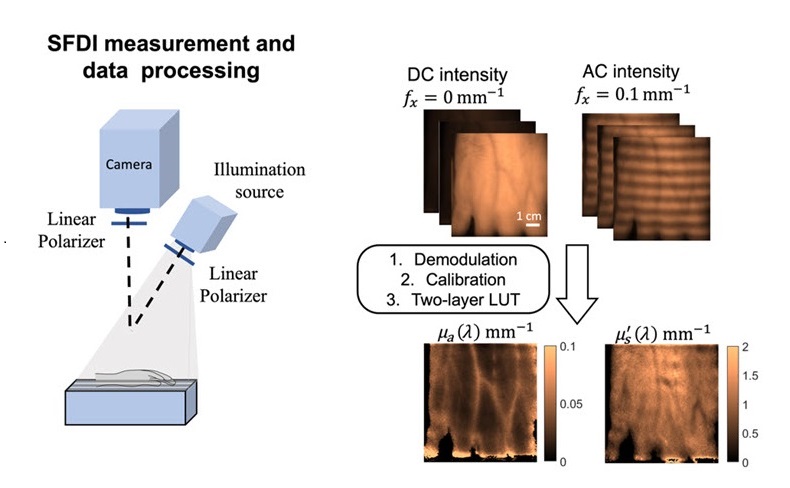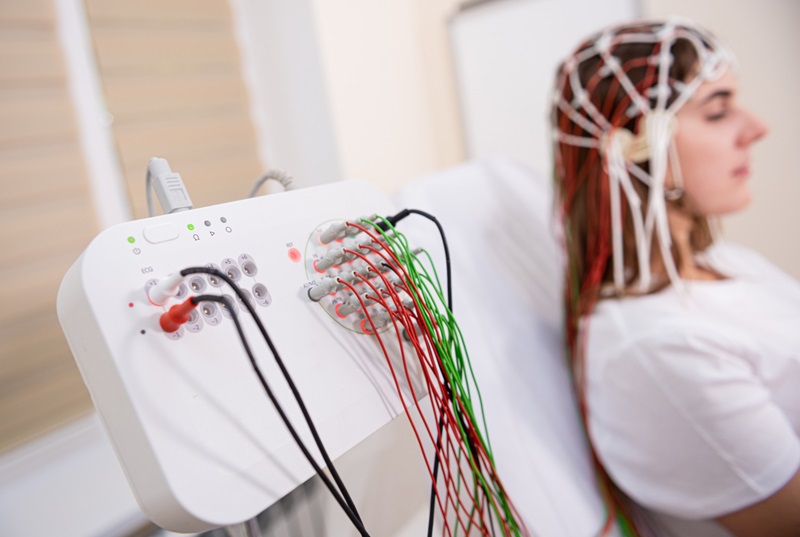Microfluidic Chip Method to Improve Sepsis Diagnosis, Progression Evaluation and Prognosis Monitoring
Posted on 27 Sep 2024
Sepsis, a severe and life-threatening condition, results from an uncontrolled immune response that can lead to multi-organ failure. Given its high mortality rate and the limitations of current diagnostic and monitoring methods, there is an urgent need to develop better tools for evaluating and managing sepsis. A research team has now introduced a novel prognostic evaluation method for sepsis patients using a microfluidic concentration gradient chip.
In this study, conducted by researchers at the Hefei Institutes of Physical Science of the Chinese Academy of Sciences (Hefei, China), a microfluidic chip was employed to analyze the chemotactic migration behaviors of neutrophils and T lymphocytes in sepsis patients. The researchers observed significant differences in neutrophil migration parameters between sepsis patients and healthy controls, including gradient sensing time, migration distance, peak velocity, and the chemotactic index. From these findings, they developed a comprehensive evaluation index for neutrophil migration function, which showed a strong correlation with established markers of sepsis severity and commonly used biomarkers. These results were published in Talanta.

The research team also investigated T-cell migration in sepsis patients using the microfluidic platform. They found that sepsis patients had impaired T-cell migration and elevated NADH/NAD+ levels. Further experiments suggested that these elevated levels were caused by alterations in the plasma microenvironment, likely due to mitochondrial dysfunction. By administering the mitochondrial-targeted drug MitoQ, the researchers were able to reverse these abnormalities and restore T cell migration function, offering a potential therapeutic strategy for sepsis. Related findings were published in SHOCK.
These studies present a promising new approach for diagnosing sepsis, evaluating disease progression, and monitoring prognosis. The development of a comprehensive index and the potential use of mitochondrial-targeted therapies offer new theoretical insights and could significantly enhance sepsis management and improve patient outcomes.













